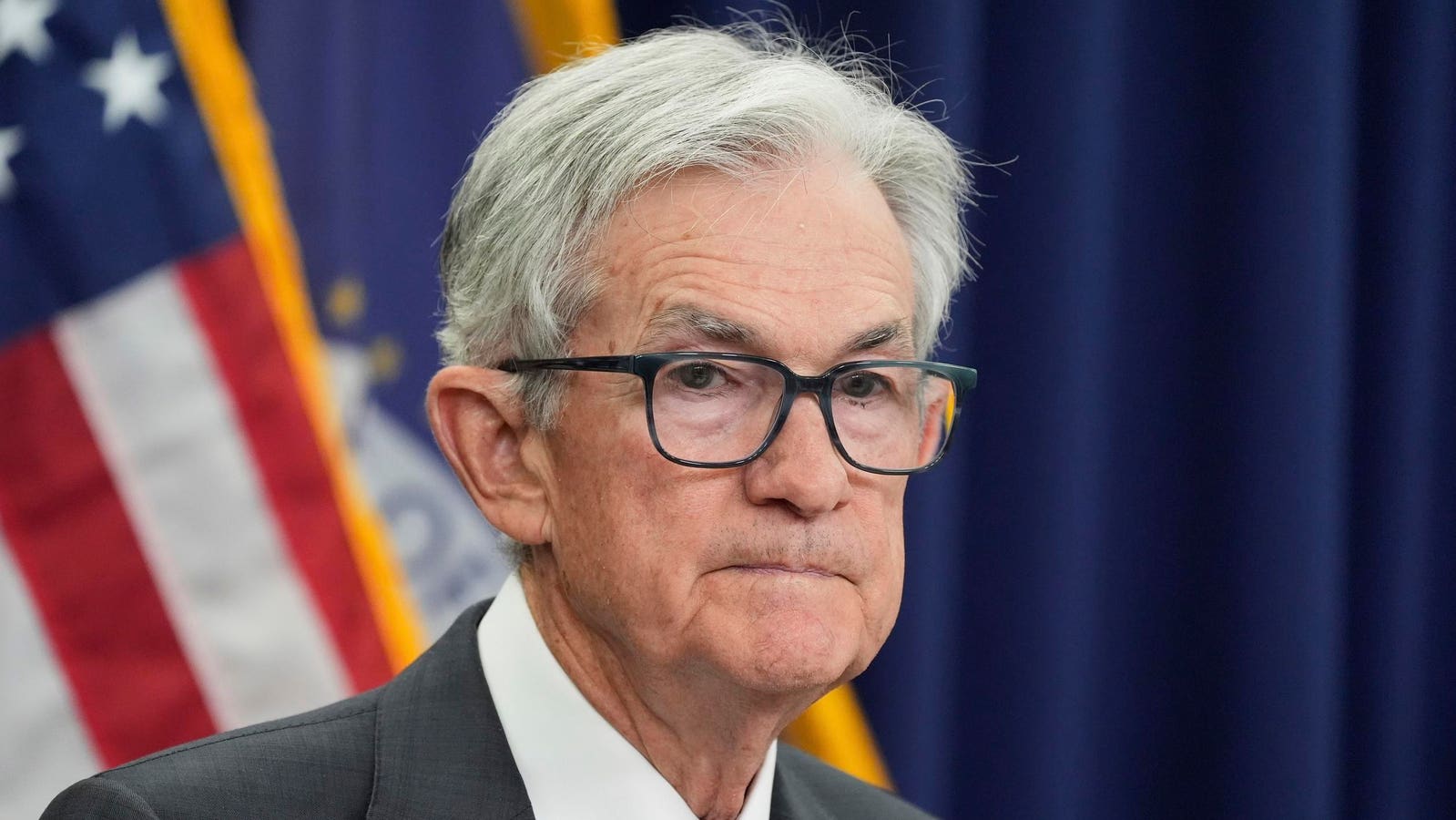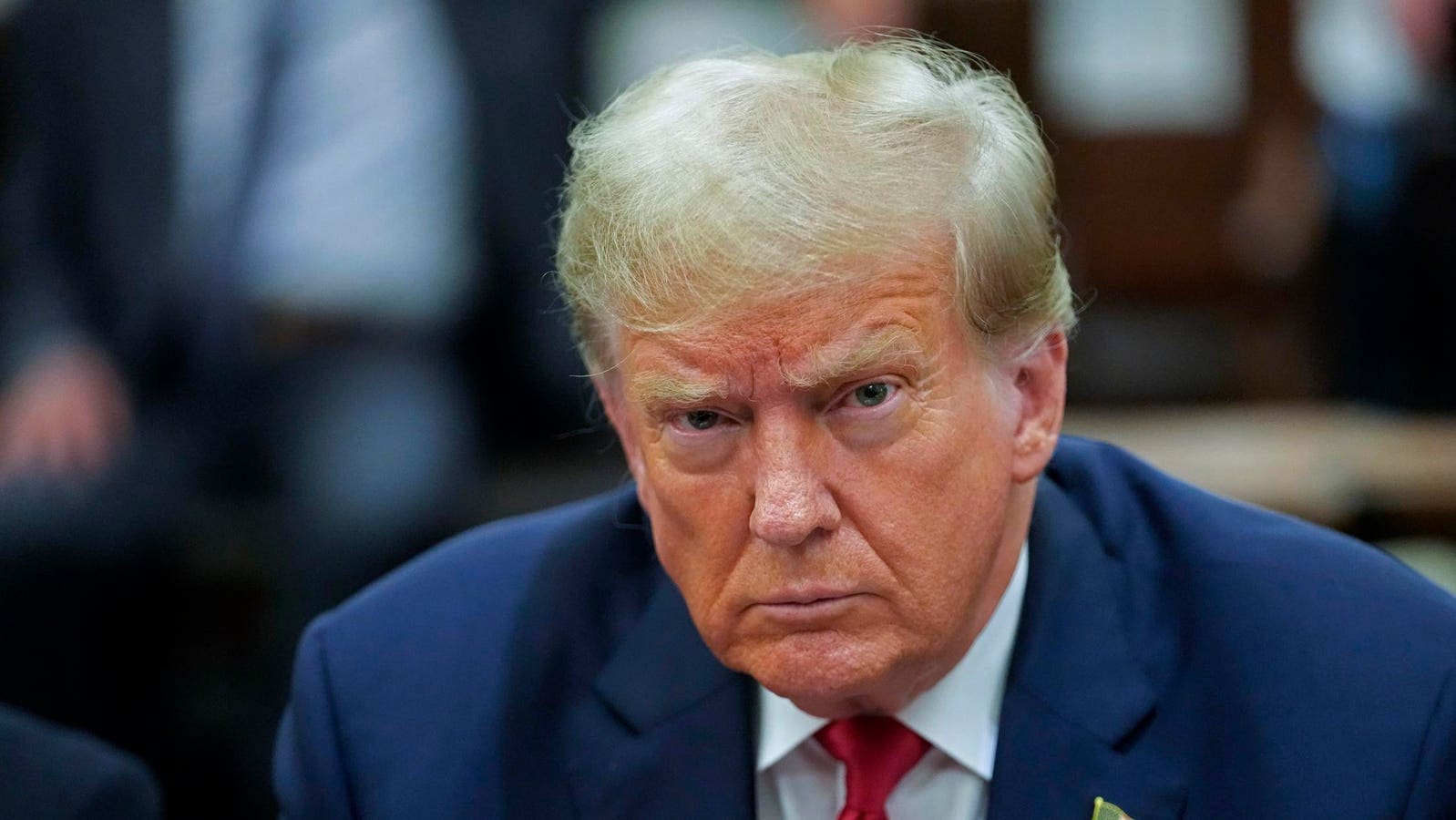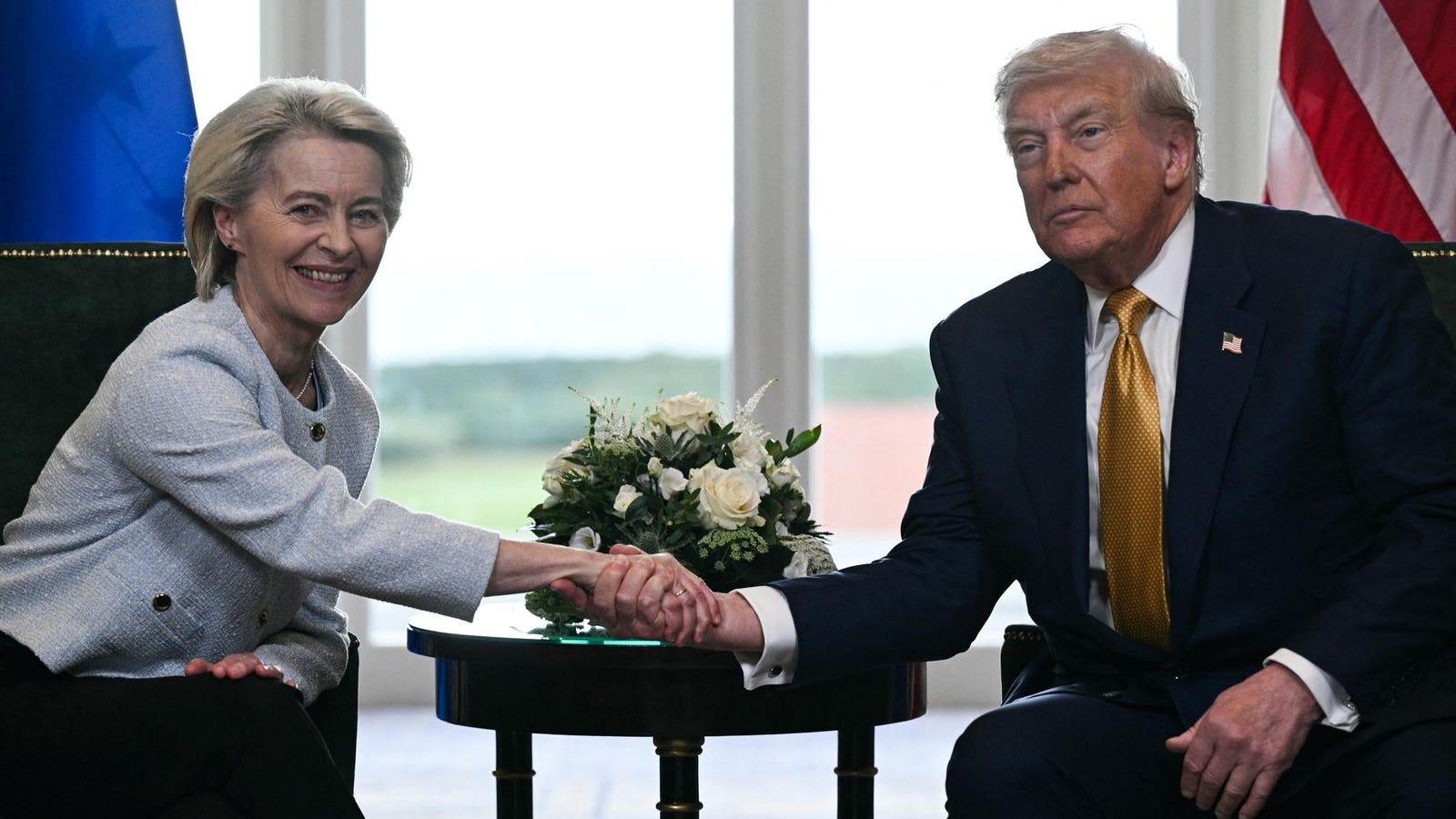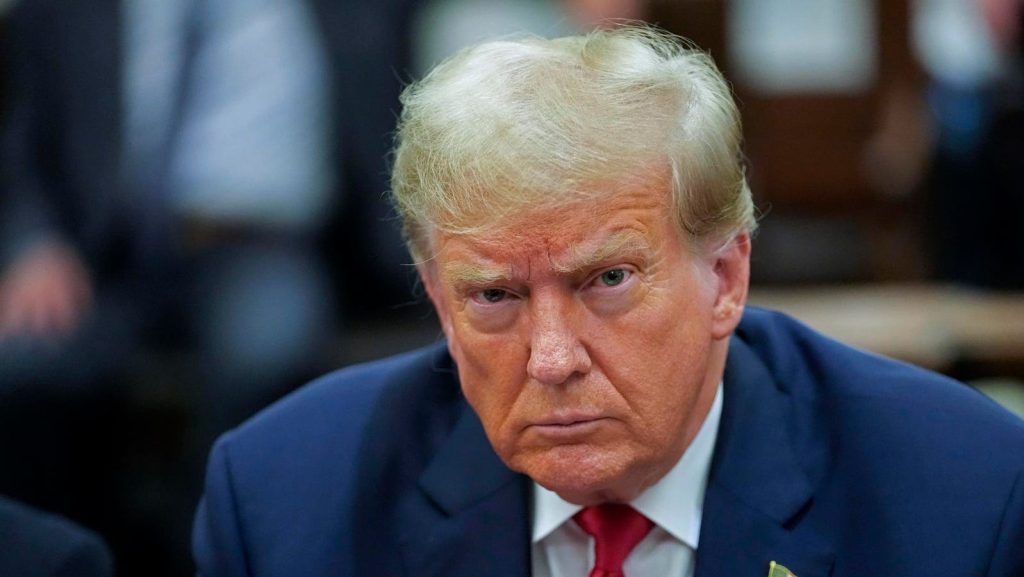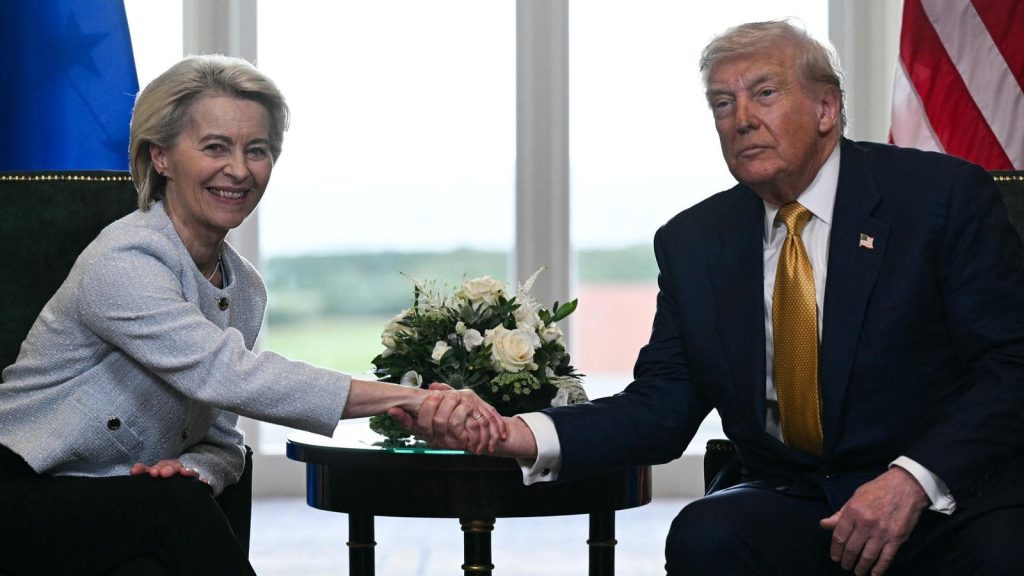Topline
Federal Reserve Chair Jerome Powell will take the stage at the Fed’s annual symposium in Jackson Hole, Wyoming, for the final time on Friday, as investors and the Trump administration await signs the central bank will soon ease interest rates.
The Trump administration has pressured Powell, whose term as Fed chair expires next year, to step down as chair of the central bank.
Copyright 2025 The Associated Press. All rights reserved.
Key Facts
The Jackson Hole Economic Policy Symposium, hosted annually by the Fed’s Kansas City branch, will feature Powell at the main stage Friday morning.
Powell’s appearance is expected to provide insight into whether the Fed will slacken its monetary policy and cut interest rates, which have been held between 4.25% and 4.5% since December.
Deutsche Bank analysts wrote Tuesday they believed Powell’s speech could “create uncertainty” about prospects of an interest rate cut at the Fed’s September meeting, adding Powell will likely discuss how July’s worse-than-expected jobs report could forecast further economic instability.
Julian Emanuel, an analyst for Evercore ISI, wrote Sunday that Powell will likely “indirectly signal” a quarter-point reduction to interest rates next month while still emphasizing a cautious approach to monetary policy.
Big Number
79.1%. Those are the odds the Fed lowers interest rates by a quarter-point in September, according to CME’s FedWatch. Odds surged earlier this month to as high as 99.9% after inflation rose slower than expected in July. Jeffrey Roach, LPL Financial’s chief economist, wrote at the time he expected the Fed to cut rates as the central bank focuses on the “weakening labor market.”
What Has The Fed Said About Lowering Interest Rates?
The Fed has maintained that up to two interest rate cuts of 25 basis points will be carried out by the end of the year. Minutes released Wednesday from the Fed’s Federal Open Market Committee’s July meeting indicated “almost all” policymakers believed it was “appropriate” to hold interest rates, as Powell noted the central bank wanted to observe incoming data on jobs and inflation. Fed governors Michelle Bowman and Christopher Waller voted against leaving rates unchanged, arguing a quarter-point reduction was necessary to defend against a weakening job market. The Fed pointed to the “uncertain effects of tariffs and the possibility of inflation expectations becoming unanchored,” according to the minutes, which revealed policymakers believed inflation risks were greater than concerns over low unemployment. The meeting preceded a jobs report indicating job growth remained weak in July and that growth in June and May was worse than originally reported.
How Does The Market React To Jackson Hole Speeches?
The broader market rallied following last year’s Jackson Hole address, during which Powell signaled the “time has come” for the Fed to loosen its monetary policy and lower interest rates. The Dow Jones Industrial Average jumped 400 points, or about 1%, while the S&P 500 and Nasdaq increased 1.3% and 1.8% toward then-intraday highs. In 2022, after a Hawkish speech by Powell, the S&P dropped by more than 3% as the Fed later began hiking interest rates. Earlier this week, Evercore ISI analysts wrote if Powell held a cautious approach to interest rate cuts in his speech that stocks could decline by as much as 15% by October.
What To Watch For
The Bureau of Labor Statistics will release data for the Fed’s preferred inflation gauge on Aug. 29. Annual inflation is expected to decline to 2.6% based on core personal consumption expenditures (PCE) price index data, according to a Dow Jones consensus. Core PCE is closely watched by the Fed because it allows the central bank to have a better account of how American consumers spend their money.
Key Background
Powell and the Fed have faced growing criticism from President Donald Trump over the central bank’s decision not to cut interest rates. Trump has repeatedly called Powell “too late” while urging Powell, whose term expires as Fed chair in May 2026, to resign. Trump previously expressed confidence that Powell would “do the right thing,” but now believes the “damage [Powell] has done by always being too late is incalculable.”
Who Could Replace Powell As Fed Chair?
A number of candidates have reportedly been named as possible successors to Powell, including Fed governors Bowman, Waller and Philip Jefferson, White House economist Kevin Hassett and former Fed governor Kevin Warsh. Other names have emerged in recent weeks, including BlackRock’s Rick Rieder, Jefferies’ David Zervos, economist Mark Summerlin and former St. Louis Fed President James Bullard. Trump previously said four candidates were in the running for Fed chair, including Warsh and Hassett, though Treasury Secretary Scott Bessent told CNBC earlier this week there are 11 names under consideration. Bessent indicated interviews for the role would start sometime after Labor Day.
Tangent
Trump on Wednesday called for Fed Governor Lisa Cook to resign, after Federal Housing Finance Agency Director Bill Pulte accused her of mortgage fraud. Cook denied the claims in a statement to Forbes, arguing, “I have no intention of being bullied to step down from my position because of some questions raised in a tweet.” Cook is the latest high-ranking Democrat and Trump critic to face similar allegations by the Trump administration, as Attorney General Pam Bondi has ordered an investigation into mortgage fraud claims against Sen. Adam Schiff, D-Calif., and New York Attorney General Letitia James.
Further Reading
ForbesFederal Reserve’s Cook Latest Trump Target Of Mortgage Fraud Allegations—She ‘Must Resign Now,’ He SaysBy Ty RoushForbesMost Fed Officials Expect 2025 Rate Cuts Despite Tariff Inflation Concerns, Minutes ShowBy Derek Saul

